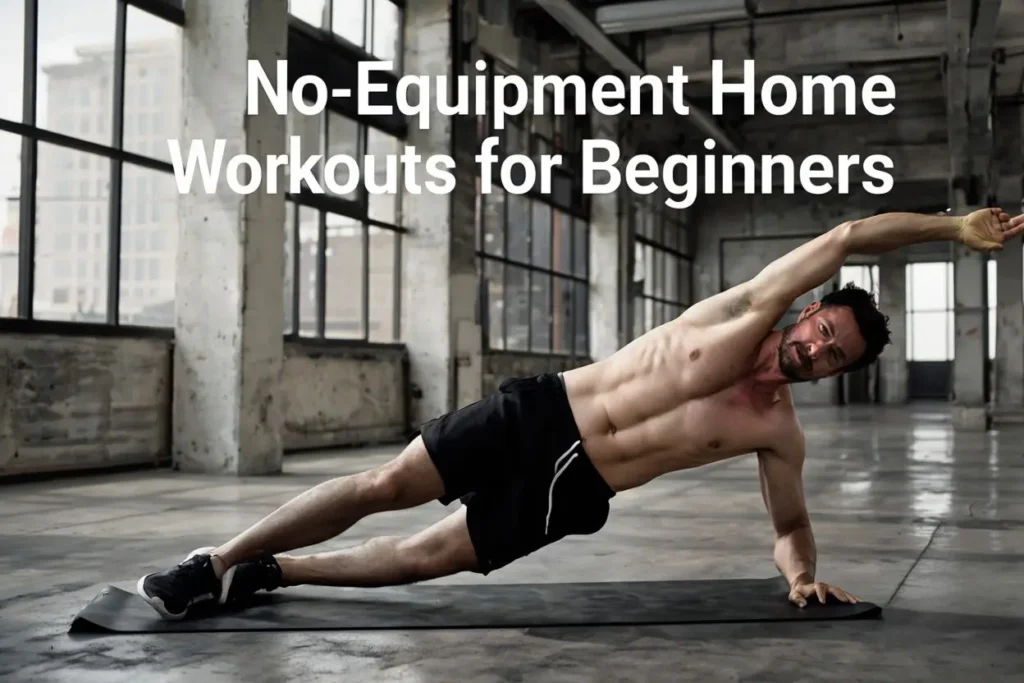
Introduction
Do you dream of getting fit but feel constrained by a lack of time, money, or gym equipment? The good news is that you don’t need a gym membership or fancy gear to start your fitness journey. With No-Equipment Home Workouts, you can build strength, improve flexibility, and boost endurance right from the comfort of your home. This beginner-friendly guide will walk you through an effective workout plan and essential tips to stay motivated.
Why Choose No-Equipment Workouts?
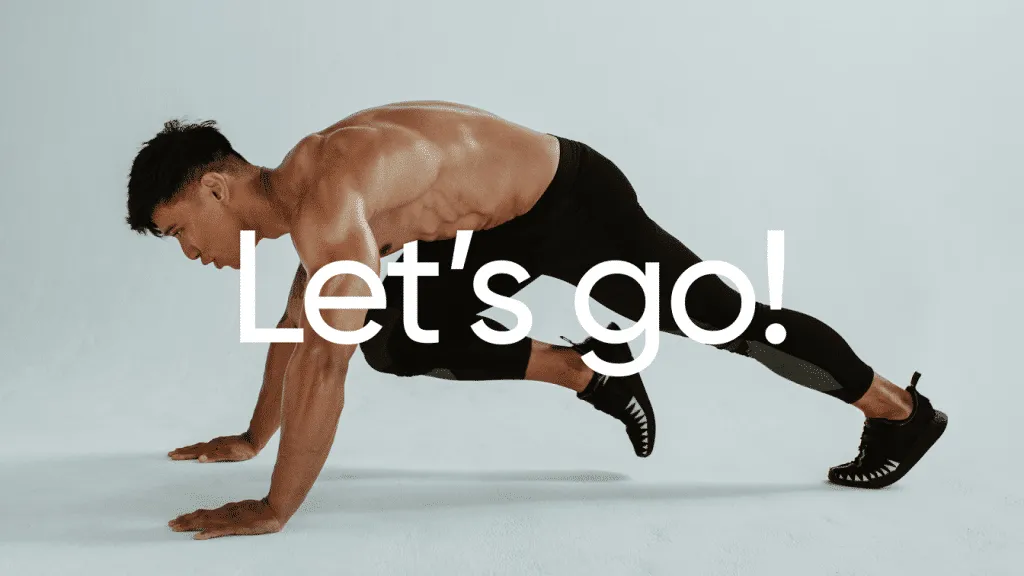
Credit: www.betterme.world
No-equipment workouts offer numerous benefits, especially for beginners:
- Convenience: Perform exercises anywhere—at home, in the park, or even during a break at work.
- Cost-Effective: No need for expensive machines or gym fees. You can rely entirely on your body weight.
- Beginner-Friendly: Bodyweight exercises let you ease into fitness without risking injury.
- Flexibility: Adjust your workout intensity and schedule to suit your needs.
For those looking to enhance their experience, consider an anti-slip yoga mat for added comfort during your workouts.
Getting Started: Warm-Up (5 Minutes)
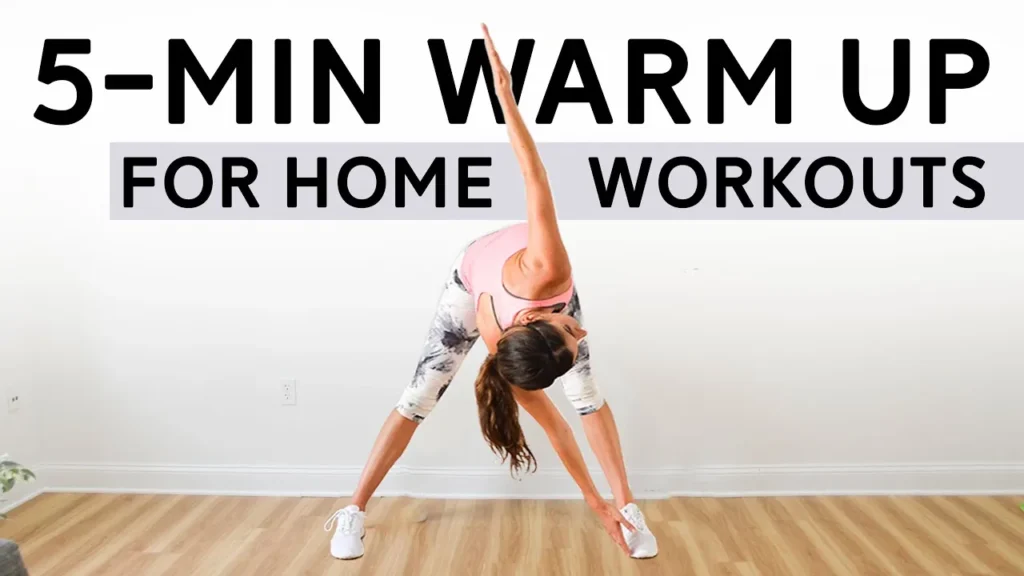
Credit: Nicole Pearce Movement
Warming up is crucial to prepare your body for exercise, improve blood circulation, and reduce the risk of injuries. Here’s a quick warm-up routine:
- Jumping Jacks: 1 minute
- High Knees: 1 minute
- Arm Circles: 30 seconds in each direction
- Leg Swings: 30 seconds per leg
- Torso Twists: 1 minute
This dynamic warm-up helps activate key muscle groups and primes you for the workout ahead.
Beginner-Friendly Full-Body Workout Routine
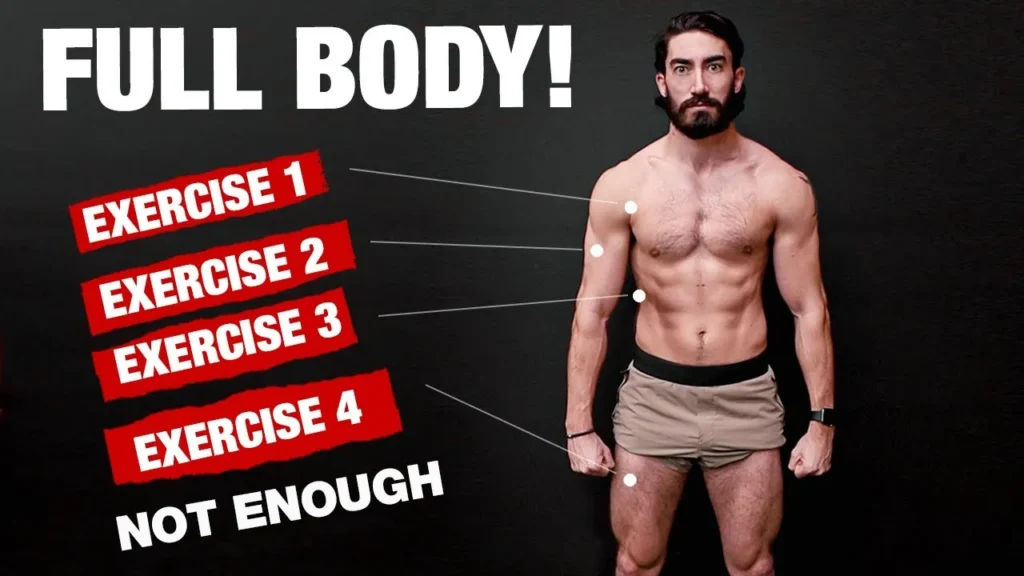
Credit: www.athleanx.com
This workout targets multiple muscle groups to give you a well-rounded fitness experience. Aim for 2–3 rounds of these exercises, resting 30–60 seconds between each round.
1. Squats (Legs and Glutes)
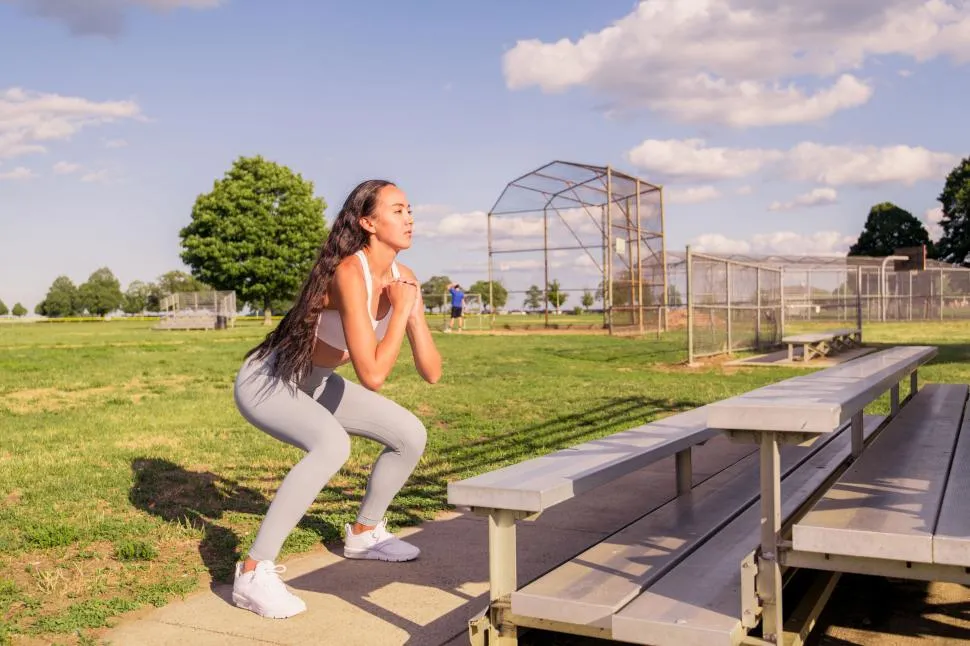
- Muscles Worked: Legs and glutes
- Instructions: Stand with your feet shoulder-width apart. Lower your body as if sitting in a chair, keeping your back straight and knees behind your toes. Push through your heels to return to standing.
- Reps: 15
2. Push-Ups (Chest, Shoulders, and Triceps)
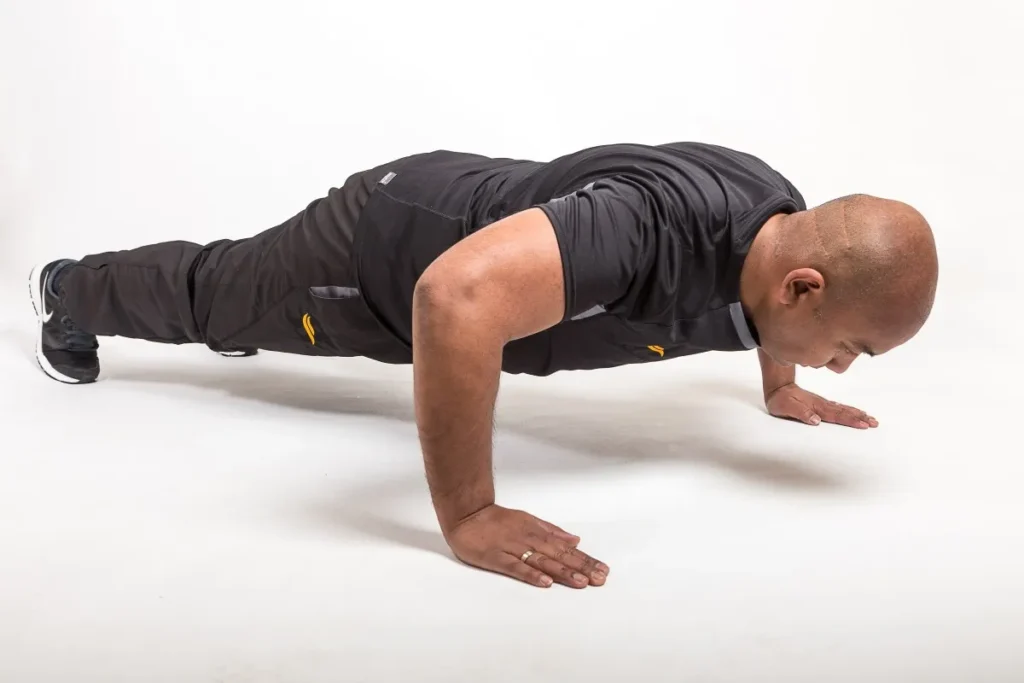
- Muscles Worked: Chest, shoulders, and triceps
- Instructions: Begin in a high plank position. Lower your chest toward the ground, keeping your body straight, and push back up.
- Reps: 10–12 (modify by dropping to your knees if needed)
3. Lunges (Legs and Core)
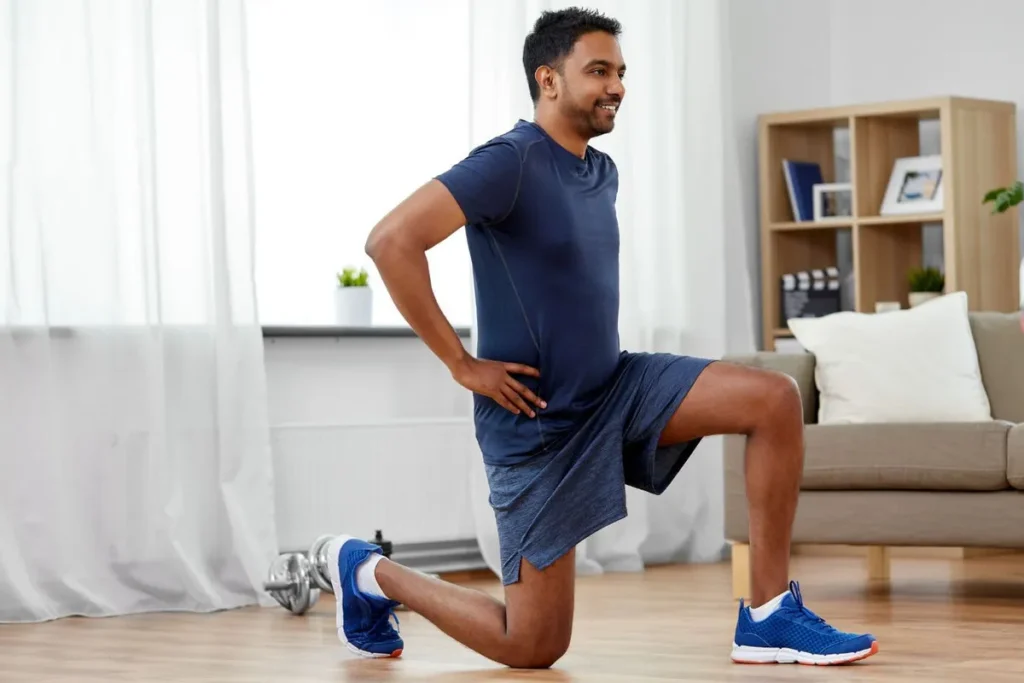
Credit: www.bauerfeind.co.nz
- Muscles Worked: Legs and core
- Instructions: Step forward with one leg and lower your body until both knees are at a 90-degree angle. Push back to the starting position.
- Reps: 10 each leg
4. Plank (Core and Upper Body)
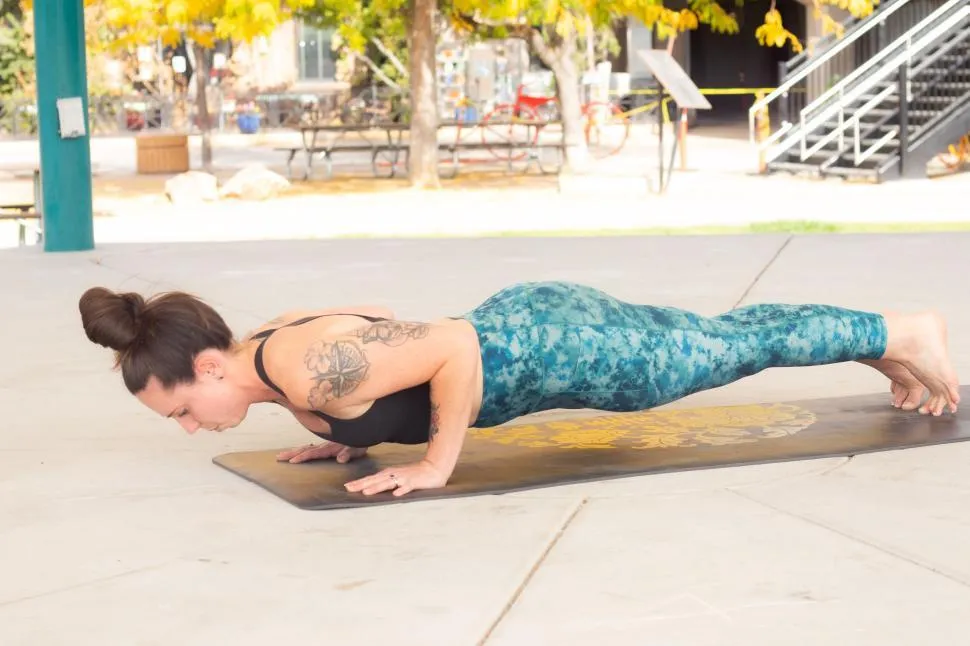
- Muscles Worked: Core and upper body
- Instructions: Position yourself on your elbows and toes, keeping your body in a straight line. Hold this position while engaging your core.
- Time: 20–30 seconds
- Upgrade your plank sessions with a plank pad for comfort.
5. Glute Bridges (Glutes and Hamstrings)
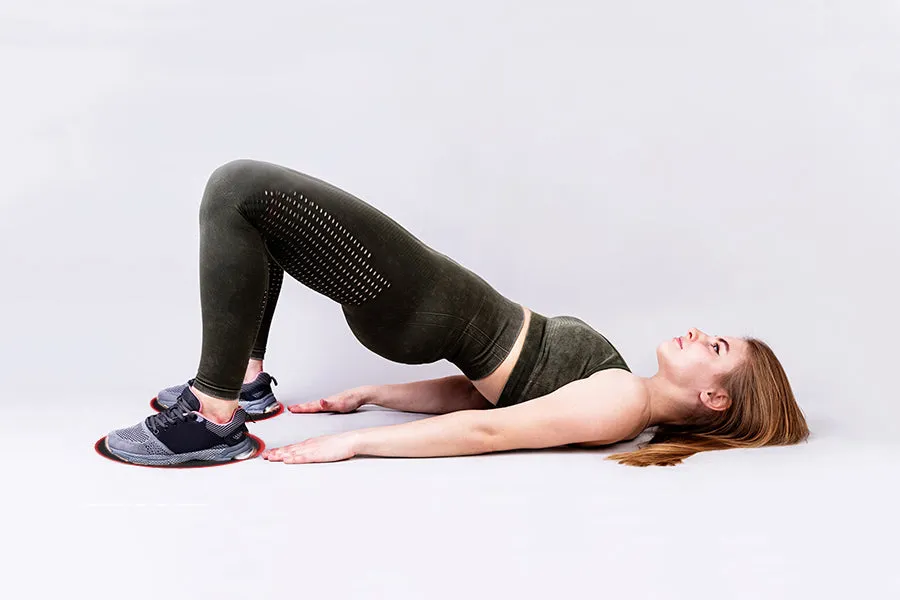
Credit: www.dmoose.com
- Muscles Worked: Glutes and hamstrings
- Instructions: Lie on your back with your knees bent. Press through your heels to lift your hips, forming a straight line from shoulders to knees.
- Reps: 15
6. Mountain Climbers (Core and Cardio)
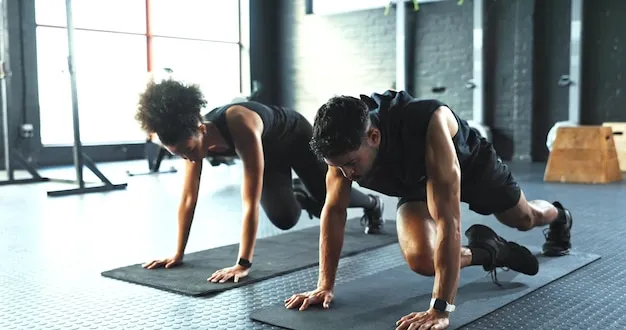
- Muscles Worked: Core and cardio
- Instructions: Start in a plank position. Quickly alternate driving your knees toward your chest.
- Time: 30 seconds
- Use a slip-resistant exercise mat for better grip.
Cool Down (5 Minutes)
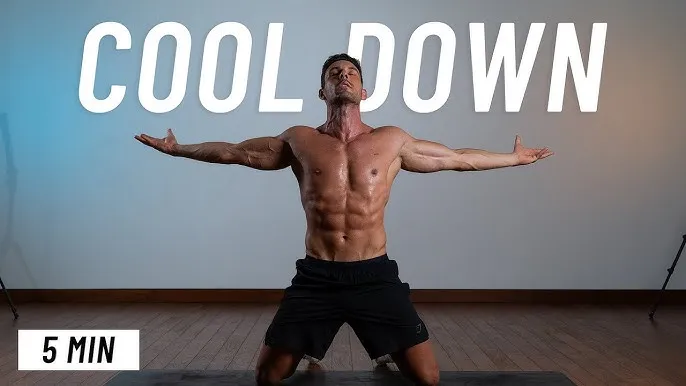
Credit: Oliver Sjostrom
Cooling down helps bring your heart rate back to normal and reduces muscle soreness. Here’s a quick cool-down sequence:
- Standing Forward Fold – 1 minute
- Child’s Pose – 1 minute
- Cat-Cow Stretch – 1 minute
- Quad Stretch – 30 seconds each for leg
- Shoulder Stretch – 30 seconds for each arm
Tips for Success with Home Workouts
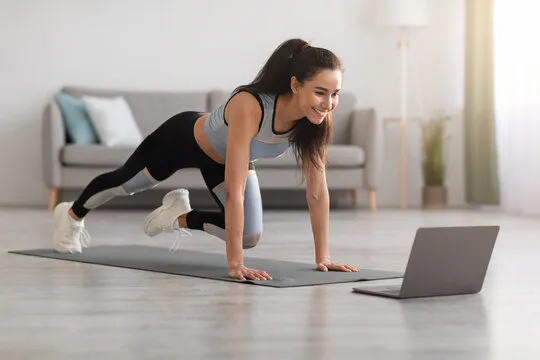
Credit: www.stock.adobe.com
- Set Realistic Goals: Start small and gradually increase your intensity as you build strength.
- Stay Hydrated: Keep a reusable water bottle handy.
- Track Progress: Use a fitness tracker or journal to monitor your achievements.
- Be Consistent: Aim for at least three sessions per week.
- Listen to Your Body: Adjust exercises if something feels uncomfortable.
Common Mistakes to Avoid
- Skipping Warm-Up and Cool Down: These are essential for preventing injuries.
- Doing Too Much Too Soon: Gradual progression is key to long-term success.
- Ignoring Form: Proper technique ensures safety and effectiveness.
- Comparing Yourself to Others: Focus on your unique fitness journey.
The Benefits of a No-Equipment Workout Routine
Building a consistent workout habit offers multiple advantages:
- Improved Strength and Endurance: Regular practice enhances muscle tone and cardiovascular health.
- Increased Flexibility: Exercises like lunges and planks boost mobility.
- Better Mental Health: Physical activity releases endorphins that elevate your mood.
- Convenience: Exercise on your own terms, free of time constraints.
Frequently Asked Questions
Can I build strength without weights?
Absolutely! Bodyweight exercises, such as push-ups and squats, are excellent for strength-building and improving overall fitness.
How often should I do this routine?
Aim for 3–4 sessions per week, allowing time for recovery between workouts.
Do I need cardio in my routine?
This plan includes cardio elements like mountain climbers. You can also add activities like walking or jogging for extra benefits.
Conclusion
Getting fit doesn’t have to mean expensive gym memberships or bulky equipment. This no-equipment workout plan proves that with consistency, determination, and a little space at home, you can achieve your fitness goals. So, roll out your mat, grab a timer, and start moving—your journey to better health begins now!
Remember, the journey to fitness is a marathon, not a sprint. By incorporating these exercises consistently, you’re investing in your health for the long term. So, grab a mat, set your timer, and start your no-equipment fitness journey today!
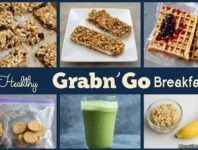
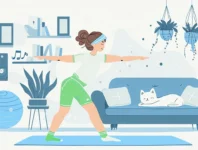
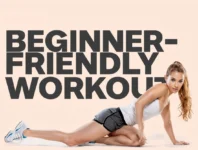
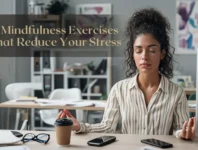
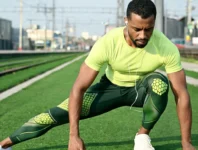
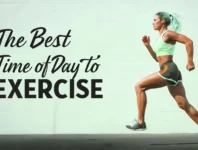







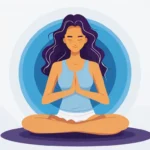
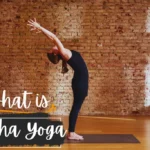

1 thought on “No-Equipment Home Workouts for Beginners: Get Started without the Gym”
Comments are closed.